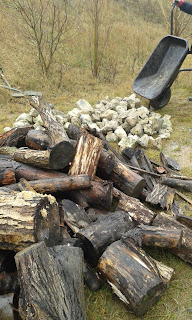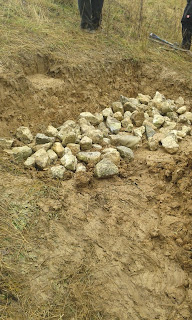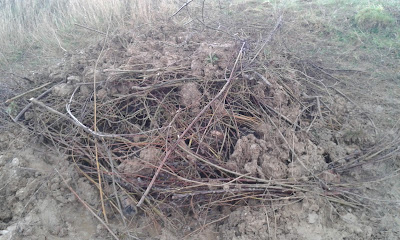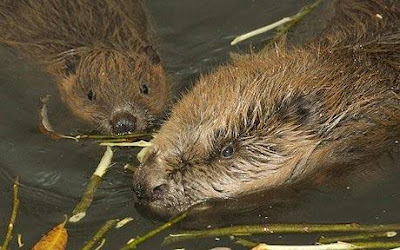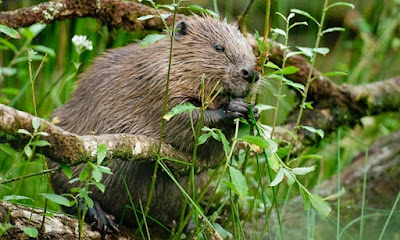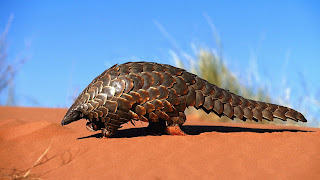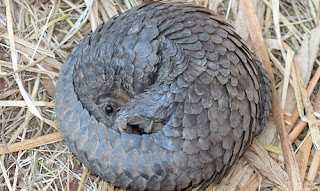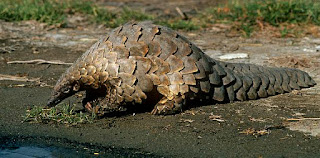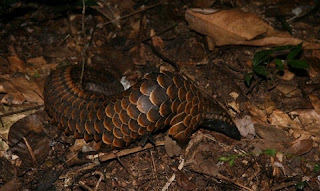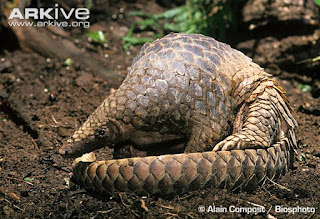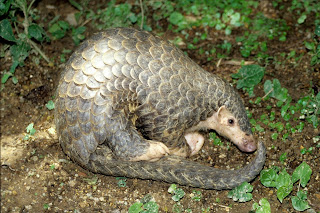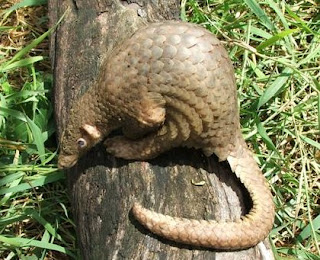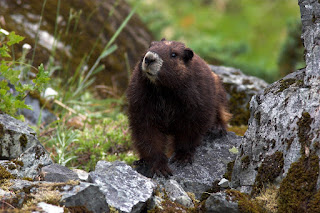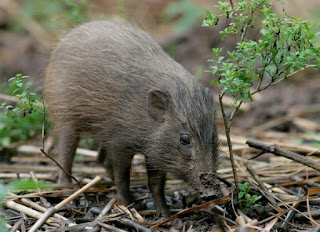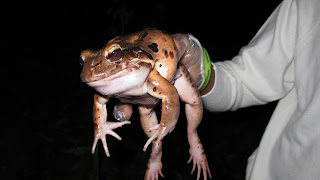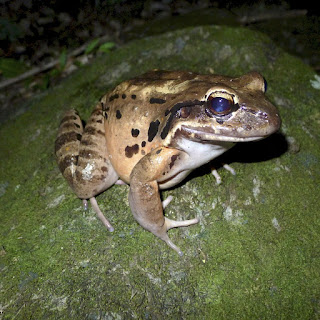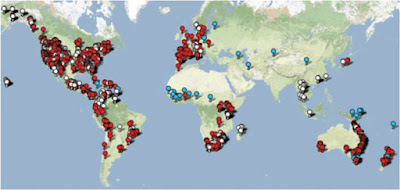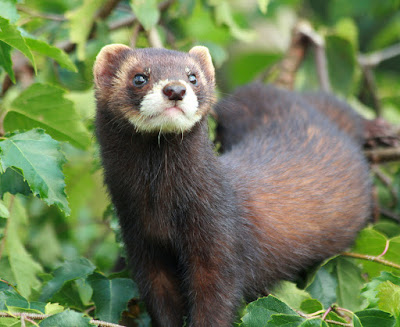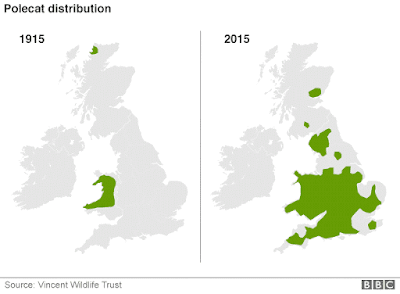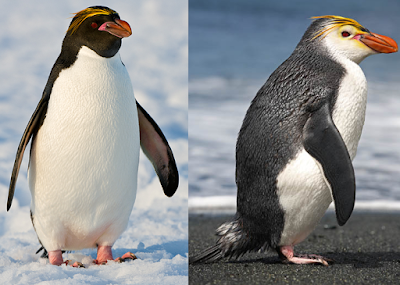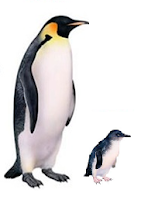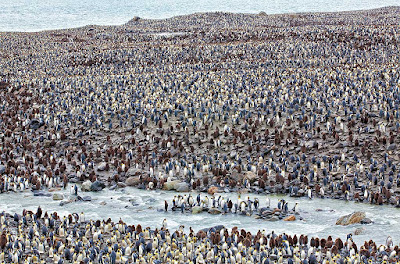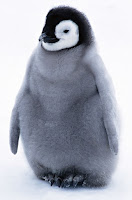This week is National Nest Box Week. Here i've written a handy blog post on the types and variations of available nest boxes and preferences of different species you may be looking to either attract, or benefit birds you already see in your garden.
Research has found that there are over 60 UK bird species that have used or benefitted from nestboxes. The most important details are the type of box and its location.
A key point to remember that is true for all species, is that
the perch is not necessary! Many nestboxes you might find in shops come with perches attached that are largely for decorative purposes but they can actually be detrimental as predators use the perches to gain access to birds inside. Birds do not need perches to get inside or out of a nest box so always remove it if possible.
 |
Blue tits using the most common style of nest box,
and showing how there is no need for a perch.
(Photo: CJ Wildbirdfoods Ltd) |
Nestboxes for Small Birds.
These sorts of birds will be fine with the common style of nestbox (see picture, right) with 4 walls with a roof and a hole for entry and exit. The average specifications which will be suitable are 22 x 20 x 16 cm.
A 25mm sized hole is best suited for blue tits, coal tits and marsh tits.
A 28mm sized hole will attract pied flycatchers, great tits and tree sparrows.
A 32mm sized hole will suit nuthatches and house sparrows.
If you want to create or buy a nestbox for starlings, then you can use the same design as above but it will need a 45mm hole, with dimensions of around 31.5 x 18.5 x 18 cm.
The nestboxes should be positioned 2 to 4 metres up a wall or tree in an area avoiding strong sunlight where possible. It is important for all nestboxes that it can be opened somehow either through a removable roof or hatch, for end of season cleaning. Used nestboxes should be removed and cleaned in the autumn once the birds have stopped using the box to clear any fleas or parasites.
Use boiling water only, never insecticides or other powders/chemicals.
If you can only get a nestbox with an entrance hole larger than you would like, you can always fix a plate onto it in order to reduce the size as shown below. These will prevent larger birds from using your nestbox as well as further protect it from predators, with the steel stopping the entrance from being clawed away at or damaged to gain access.
 |
| Photo: RSPB |
Open-fronted boxes.
For attracting and supporting wrens, robins, pied wagtails and spotted flycatchers you should use an open fronted box placed low down, below 2m and well hidden in vegetatation. Ideal specifications for the box would be around 28 x 23 x 17 cm.
Woodpeckers also use open fronted boxes but they should be placed 3 to 5m high preferably on a tree trunk in an open area.
 |
Open-fronted boxes like these are ideal for attracting birds such as robins and wrens.
Photos: RSPB |
Speciality
 |
| A nestbox for swifts, sold by the RSPB. |
If you have swifts, swallows or house martins then you will need a different design for your nest box if it is outside.
These need to be high up, at least 5 metres out of direct sunlight. It should ideally be positioned under the eaves of your house, outhouse or other building. The location must be undisturbed by people or potential predators and have an unobstructed airspace infront of the nestbox, which will allow the birds to fly in directly.
There are terracotta nest cups you can buy for house martins and swallows that are designed to copy the natural design of the nests they build themselves. Whilst staying at Blakeney I took a picture (below) of a swallow nest that had been built outside above the window to my room. Here you can see the similarities of these boxes to the real thing. If you do decide to invest in one of these, don't be disheartened if the birds continue to create their own nests nearby, it can take a couple of years of swallows and house martins returning to the property before they will use the nest cups.
 |
| Swallows I photographed in a natural nest and the shop-bought nests you can buy. |
Nestboxes for Large Birds.
You might be surprised to know that birds such as owls are frequent users of nestboxes, for example, it is estimated that up to half of the barn owl population in the UK use manmade nestboxes. So if you are lucky enough to have owls and kestrels nearby, a properly positioned nest box can definitely help these birds.
Similar to the nest cups, it can take years before these boxes will be used properly, so give it time.
The minimum height these nestboxes should be positioned is 5m, you preferably want to fit them up a tree that has is not cluttered, with clear visibility and has clear flight path to it. It should be faced away from the main wind direction. The size of the nestbox will vary depending on which species you want to encourage.
A good kestrel box should be: Width - 28.5cm, Depth - 52cm, Height - 34cm.
Tawny owls nest in smaller cavities than other owls so a thinner but higher design is ideal. Specs should be around Width - 22cm, Depth - 41.5cm, Height - 77cm for a good quality tawny owl box.
A barn owl requires a larger nest with more space below compared to a tawny owl. The minimum size should be no less than Width - 57cm, Depth 49cm, Height - 67cm.
If you live in an area with little owls, then you may want to put out a smaller box. They require a box with a corridor and dark nesting area below, so unless you are fairly DIY savvy, I would recommend buying a premade certified box from a place such as
The Barn Owl Trust, but it also has a great guide on how to create your own box if you fancy giving it a go.
 |
| Various nestboxes for large birds. |
For more information, nestboxes available to buy as well as guides on making them yourself, there is great advice on the
RSPB website.
I'll be putting my own box out this week and will post updates on what I attract to the garden. If you are putting out a nestbox this week, i'd love to see your box and hear about what you get visiting you, so feel free to write to me or
tweet me any pictures and stories.




